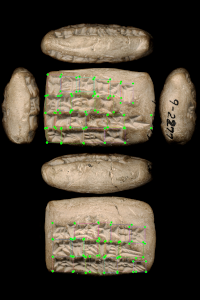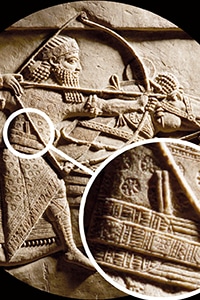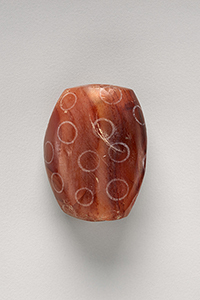
Not a Friend of ASOR yet? Sign up here to receive ANE Today in your inbox weekly!

February 2023
Vol. 11, No. 2
Cuneiform Mathematics: Outstanding Techniques in a System of Texts
By Carlos Gonçalves
Mathematical cuneiform documents from various sites and periods provide a wealth of information about the conceptualization and practice of mathematics in ancient Mesopotamia. The corpus is especially rich for the Old Babylonian period (ca. 1900 – 1600 BCE), and from these documents we can observe a systematic approach to the transmission of mathematical knowledge and tools.
The most common evidence for mathematical knowledge in ancient Mesopotamia is given by cuneiform tablets that were used in the teaching and learning process, either in a school itself, or, as might be the case of the so-called advanced mathematics, some erudite environment connected to the schools. Another category of evidence is given by cuneiform documents that integrated professional practice: the planning of a canal, loan contracts, inventories, and land-division diagrams are documents whose effectiveness depended on skills in counting, measuring, calculating, and doing geometry. Indirect evidence also comes from material culture that reflects the application of mathematical calculations, such as buildings, irrigation networks, the fabrication of bricks, the division of work, and the distribution of food rations. To all this, we could add what became known as “eduba texts”: narratives which portray the life within the schools in Mesopotamia, especially in the Old Babylonian period, giving an important place to mathematics.
Although mathematics must have existed in Mesopotamia also as knowledge that was orally developed, transmitted, and adapted, historians unfortunately don’t have direct access to such traditions. In the best of scenarios, we may have only glimpses of mathematical orality from the traces it left in the written word, but so far no systematic research work has been done in this direction. Having said that, the historiography of cuneiform mathematics has been enormously fruitful in analyzing the surviving texts, such that countless aspects of the outstanding Mesopotamian mathematical techniques are known today.
More impressively, however, we know Mesopotamians were able to organize this amazing knowledge not in an abstract mathematical treatise as in some other mathematical traditions, but in a system of mathematical textual genres, which will be briefly sketched out in the following.
The first genre consists of multiplication tables, which were very common in Old Babylonian scribal schools, such as in this tablet in the Louvre (AO 8901):
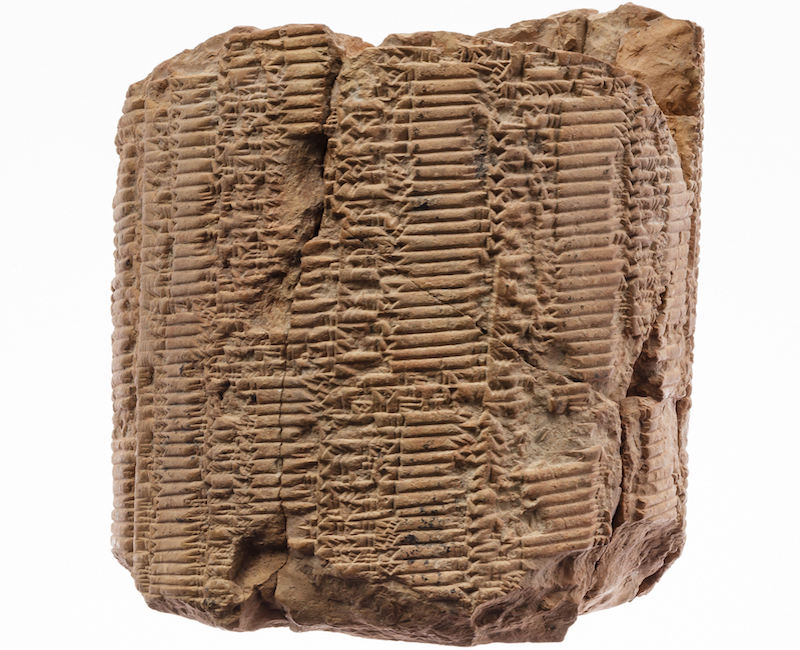
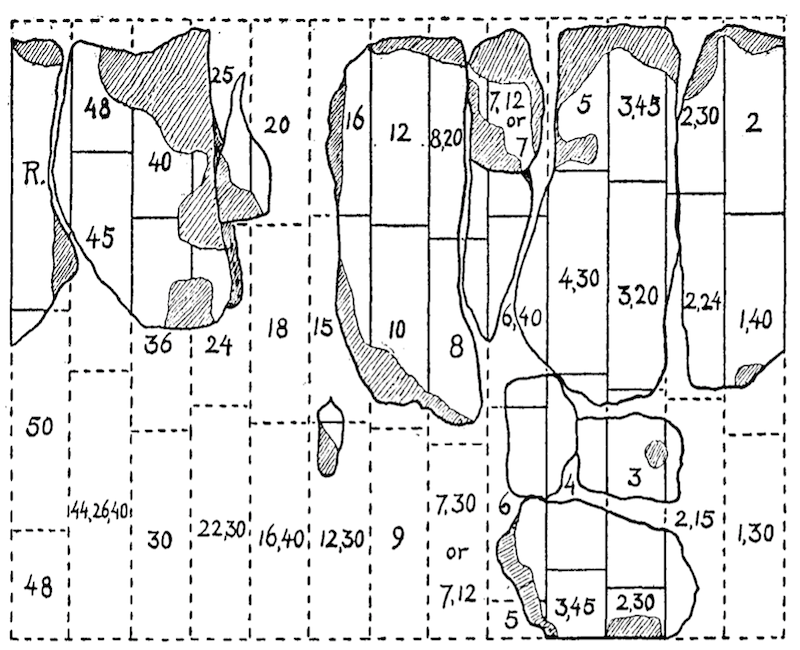
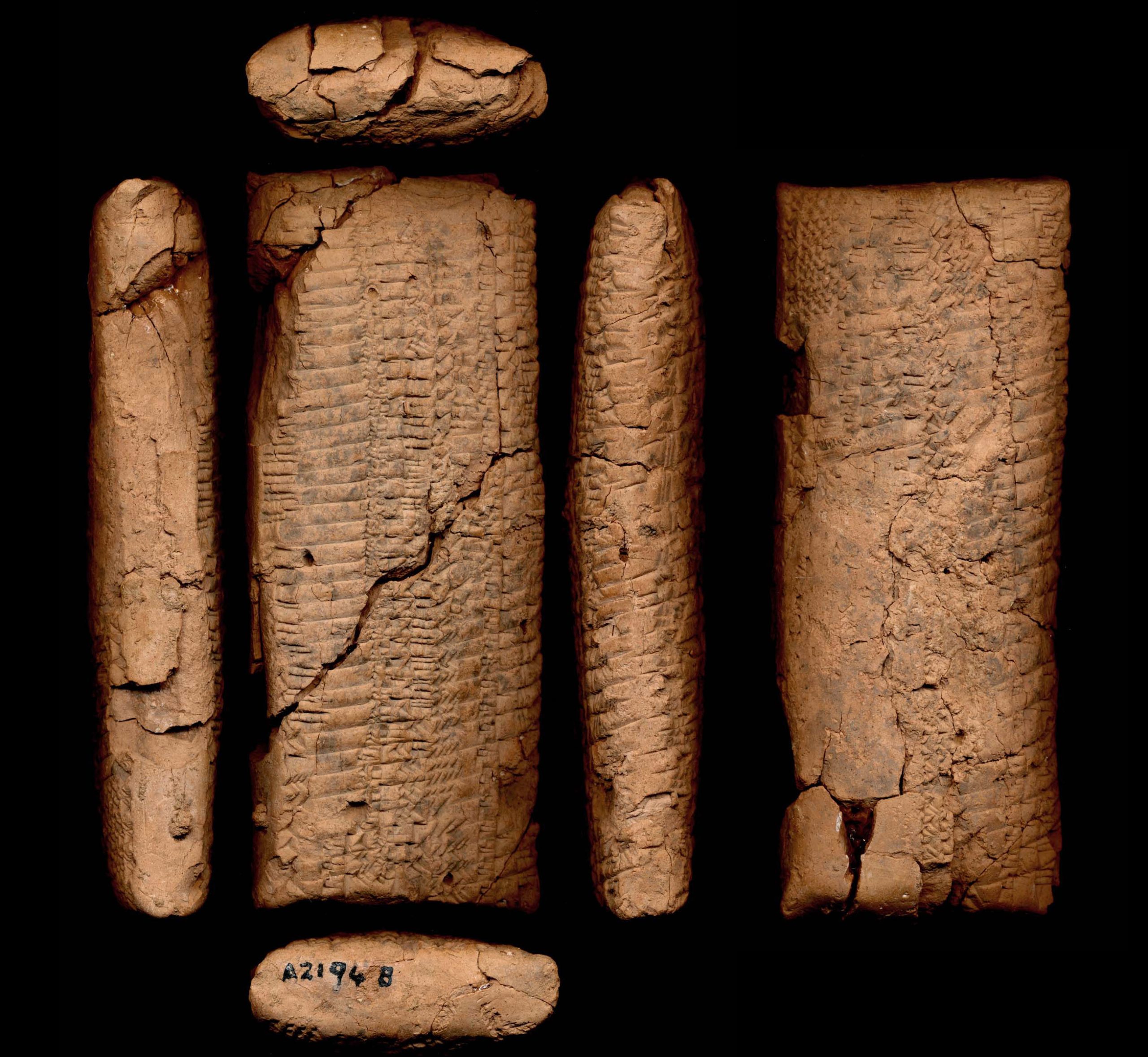
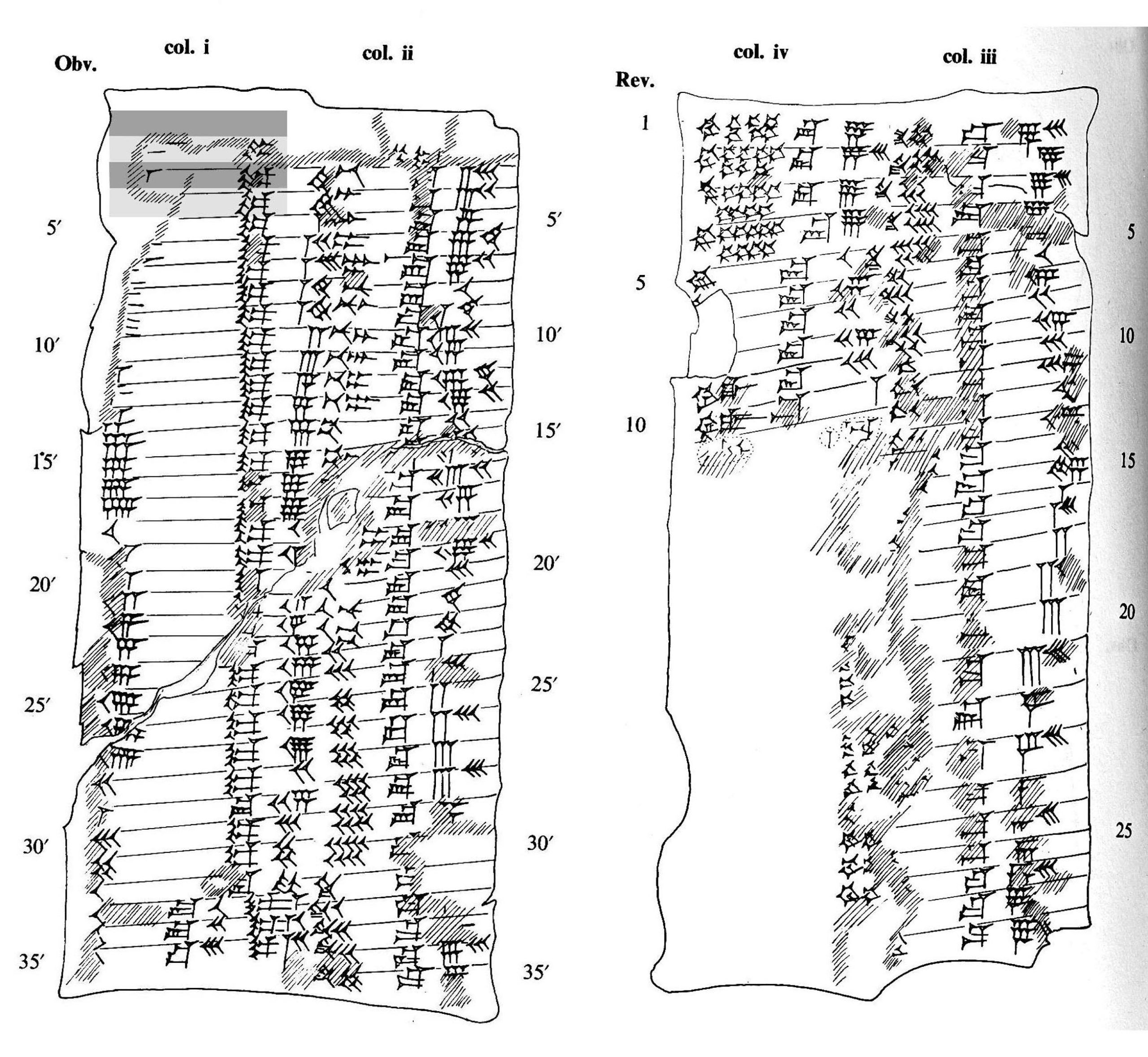
| Lines in A 21948 |
Possible understanding
|
|---|---|
| 1/3 sar 20 | One third of the surface measurement sar is associated with 20 |
| ½ sar 30 | One half of a sar is associated with 30 |
| 1 sar 1 | One sar is associated with 1 |
| 2 sar 2 | Two sar is associated with 2 |
Back to the analogy with a clock display, if one third of a sar is associated with 20 (think of 20 minutes), then one entire sar will be associated to 20 times 3, which is exactly 1 (for 60 minutes = 1 hour), as stated in A 21948.
Although metrological tables are a textual genre different from multiplication tables and composite multiplication tables, the concept of multiplication is present in all these types of texts. Mesopotamians went into a high degree of detail in organizing their mathematics.
A fourth type of mathematical textual genre consists of word-problems. Different from mere exercises, word-problems require skill in interpreting the given data, in order to apply mathematics and obtain what is required. A tablet in the collection of the Iraq Museum (IM 121613) contains a sequence of geometrical word-problems, or problem statements and solutions. The first word-problem of this tablet asks for the length and width of a rectangle, if it is known that:
- Its width is two-thirds of its length and
- Its surface is six hundred sar
